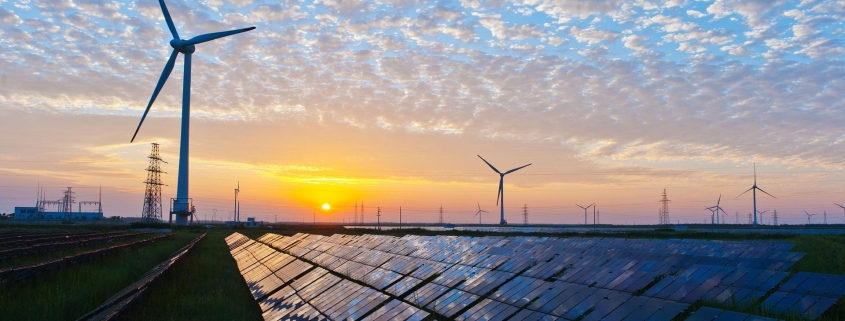Key factors for the success of a future energy system model
The recent heat storm in California, when everything that could go wrong did, caused prolonged and consecutive mandatory interruptions in electricity supply in the State. The heat wave caused the heavy use of air-conditioning, combined with the unavailability of some power plants to meet the demand (and a number of natural gas plants unexpectedly going offline), the insufficient generation of solar and wind and the inability to import energy from other States, inevitably pushed the grid operators to impose these blackouts. Solar generation plummeted in the evening, the winds slowed faster than expected and the same phenomenon happened in other States that California traditionally imports electricity from.
Hybrid energy model
Renewable energy advocates and enthusiasts like myself believe that this problem is greatly owed to the outdated and inflexible traditional energy technologies currently in use, and that with the smart use of new technologies in combination with renewable and traditional sources of energy, the risk of possible future blackouts will greatly be alleviated.
In many parts of the world renewable energy plays an important role in the energy mix – in some cases up to 30% of the total energy demand. Part of the problem is when there are unexpected surges in demand combined with renewable energy sources producing less than expected and forecasted for whatever reasons. This unexpected required “top-up” exacerbates the problem, and this is what we need to solve. This “top-up” is traditionally covered by conventional energy power plants like natural gas ones, that need to be turned on and remain on standby for long periods of time even if running on idle , making the whole process cost inefficient. This process also causes grid stress and intensifies the risk of power shortfalls.
Going forward we need to build a new energy future. A future based on a hybrid model, with next-generation nuclear reactors, natural gas plants with carbon capture technologies, geothermal, and others that can balance out variable renewables. Smart meters, electricity storage, and payments for flexible demand that would lower costs and improve reliability for everyone are practices that will have to be adopted.
Solar power can very well match demand for air conditioning during the day hours. As wind usually blows when the sun is no longer shining, it means that the two can compliment each other. And if a renewable resource is less available in one region of the country or continent long-distance power lines can transmit electricity from other regions.
Energy storage & balancing
Solar, wind, and storage have become more attractive the last decade due to large advancements in technology and reduction in cost. Additionally, energy produced by solar and wind does not emit CO2, making their support all the more valid. Future advances in long-duration electric storage capacity will allow grid operators to shift supply to meet demand. “Demand response” arrangements, or payments to customers who temporarily reduce their consumption, could help smooth imbalances. Intercontinental transmission would help move power from where it is more reliably generated to where it is more needed.
Energy decentralisation
Another important parameter that will play a crucial role in the success of the future energy system is distributed or decentralised energy production that can efficiently be developed by the extensive use of solar energy – every household or factory should produce and use its own energy, if additional energy is required it should be easily available from the grid and vice versa. The success of the system very much depends on the political will, legal framework, and transparent free trading.
Technology and digitisation
Technology and digitisation are at the core of the development of the future hybrid model. Embracing technology for better forecasting, better asset management and modernisation of the grid are some of the main factors that will constitute vastly towards the success of such a system.
Article provided by Constantinos Peonides, Director at Alectris.




